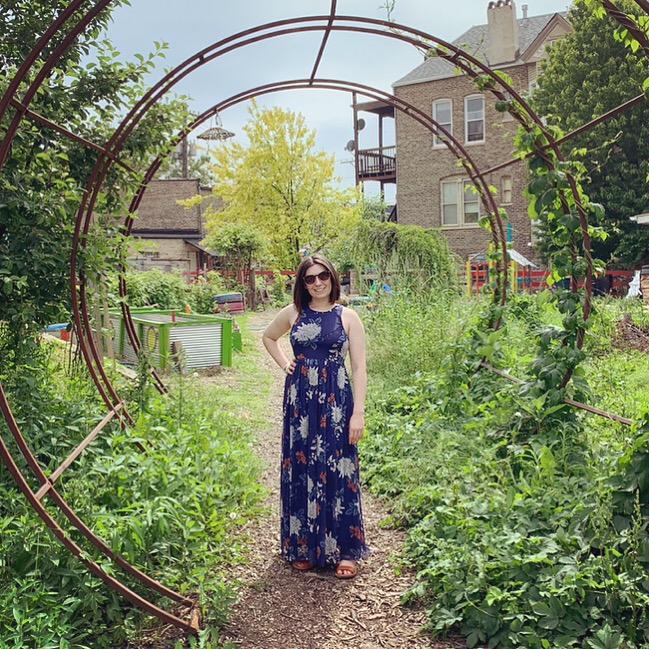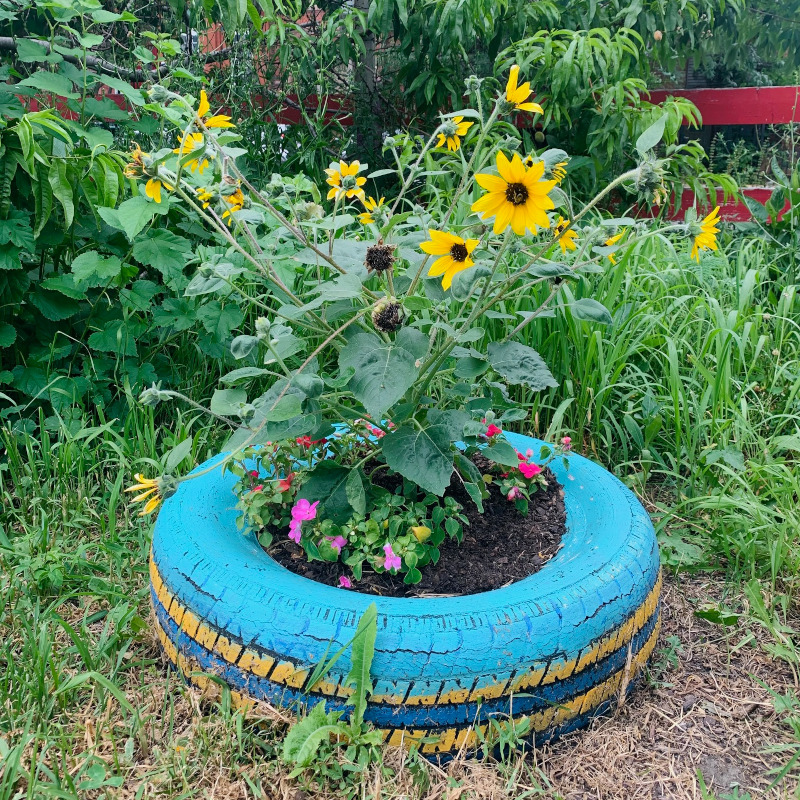Gardening in Arkansas - What to Plant in Spring & Fall

Having a productive garden in Arkansas is easy to accomplish so long as you have the right plan. Below we’ll walk you through which plants thrive in Arkansas, when to plant in Arkansas, and how to adapt your garden as the seasons change.
Understanding Arkansas Hardiness Zones
Hardiness zones, sometimes referred to as “growing zones” or “planting zones”, were created by the USDA to help gardeners determine which plants are best suited for a particular location.
Arkansas encompasses 2 hardiness zones. They are zones 7 and 8. Before we get started, determine which zone you live in by visiting this interactive USDA hardiness zone map.
At their core, hardiness zones only represent how cold a particular area gets in winter. This information, combined with the average frost dates for your area, is the key to planting the right herbs and vegetables in Arkansas.
Below, we’ll guide you through the best crops to grow in your zone in Arkansas and when to plant them.
Interested in Container Gardening?



Join the Garden Auntie newsletter!
Get expert tips, tricks, and inspiration for successful container gardening no matter the environment. Create a stunning and thriving garden, even in small spaces!
Spring Gardening in Arkansas
During the spring in Arkansas zones 7 and 8, try planting short season produce in March that prefer cold weather, such as onions, green peas, and buttercrunch lettuce.
These crops will feel much more comfortable in the moderate temperatures of spring, as opposed to the intensity of an Arkansas summer. And their short growing period means once temperatures begin to rise, they’ll be ready to harvest and replaced with plants more adapt to the Arkansas heat.
Classic home garden produce, such as tomatoes, butternut squash, green beans, and cayenne peppers are great options for mid-to-late spring planting.
For warm weather crops such as these, start seedlings indoors in March. In April and May, once temperatures at night are consistently above 50 degrees, transplant established plants to the garden.
Fall Gardening in Arkansas
Want to keep gardening in Arkansas zones 7 and 8 even as the weather cools? You might be surprised by your options!
Fall crops for Arkansas zones 7 and 8 are typically planted around July and August. This should give the plant enough time to establish itself before cold weather begins to set in. Think cold-loving crops such as radishes, cabbage, and collard greens. Hardy root vegetables and durable leafy greens are great options, especially if you’re looking for something to plant in September or early October.
Still not sure what to plant in Arkansas?
See our full list of growing guides for cold weather vegetables and warm weather vegetables for more inspiration.
